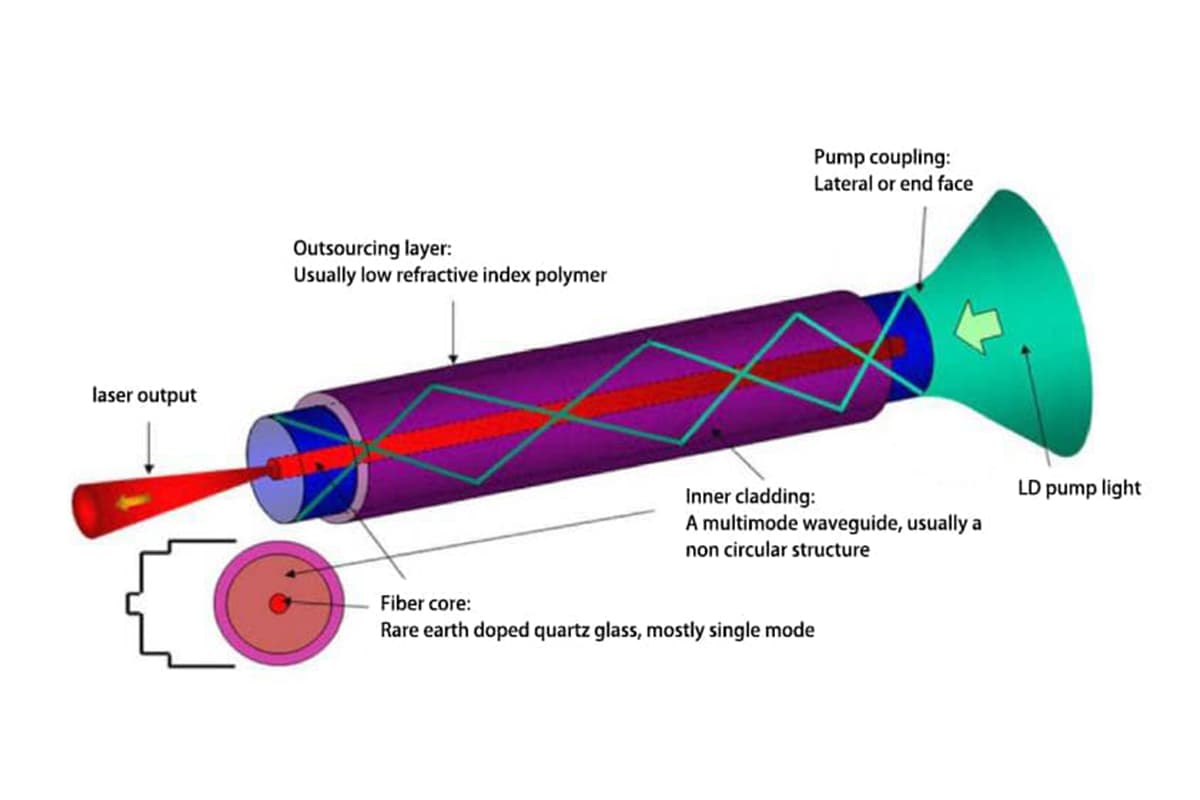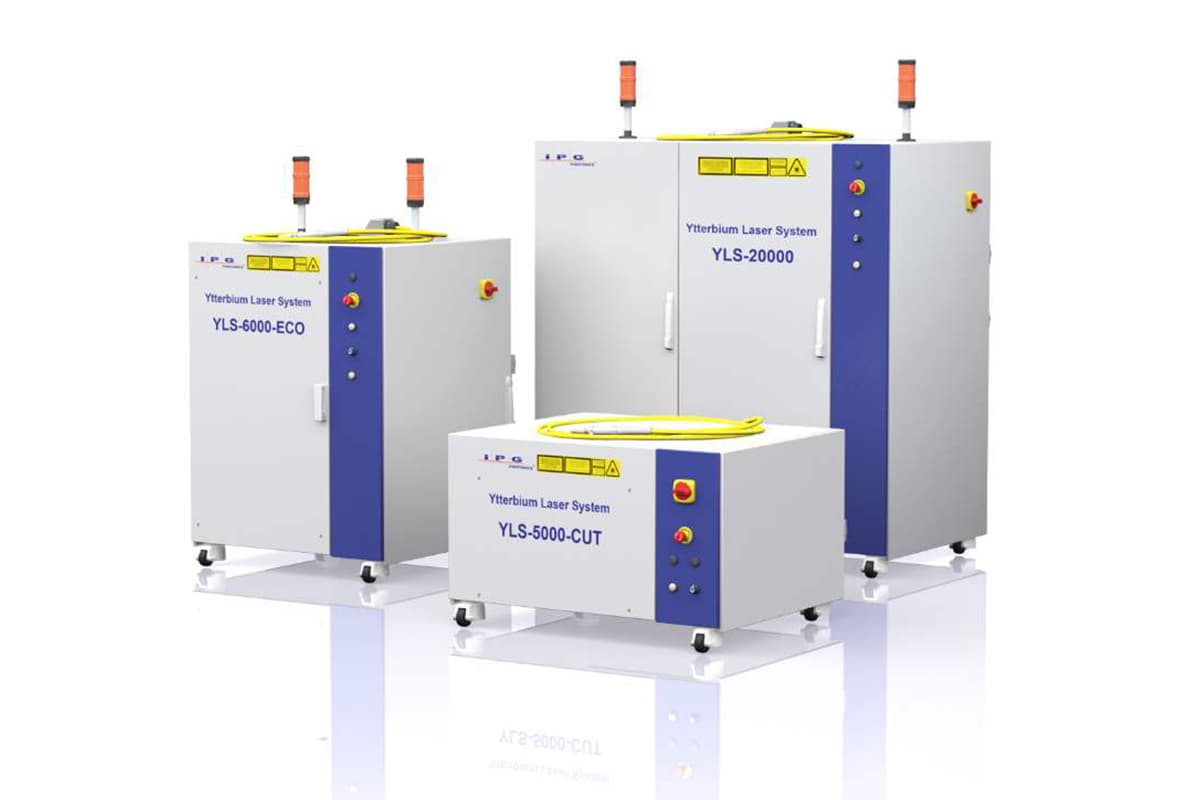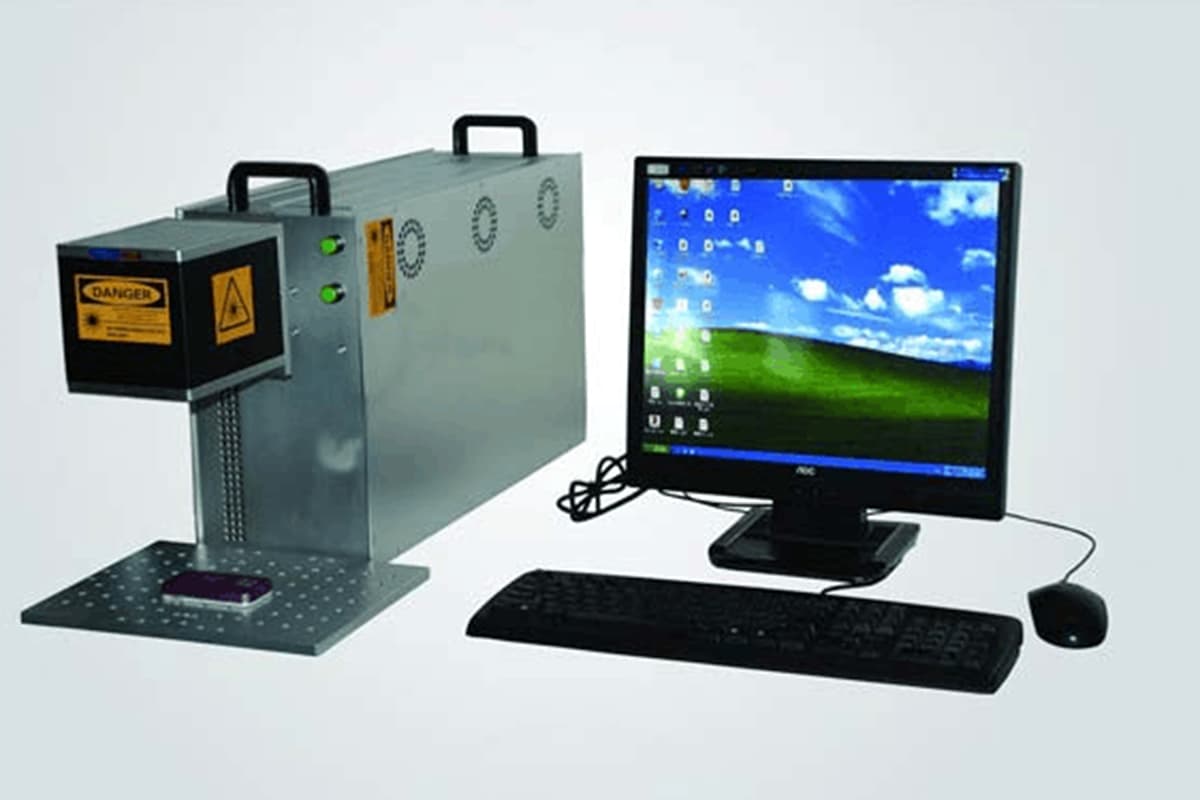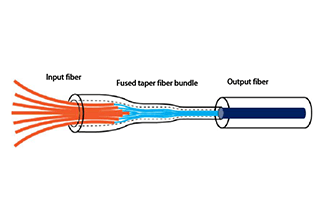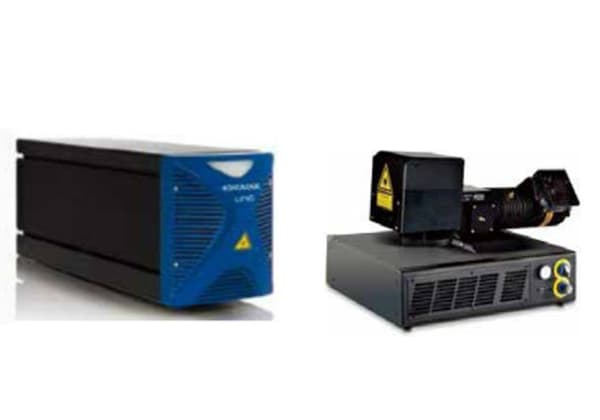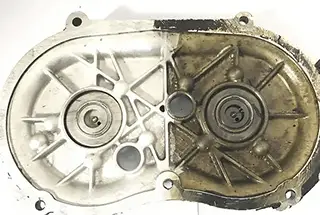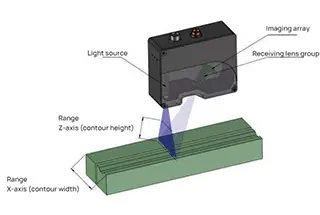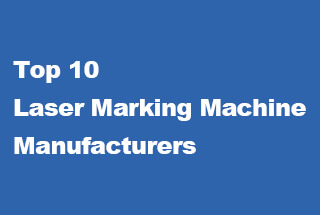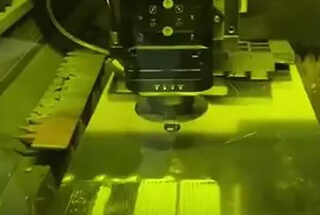
Are you puzzled about choosing between fiber lasers and solid-state lasers for your next project? This article explores the key differences in their applications, precision, and performance. By understanding these distinctions, you’ll gain insight into which laser type best suits your specific needs, whether it’s for micromachining, macro processing, or advanced manufacturing. Dive in to discover how these laser technologies can enhance your work and make informed decisions for optimal results.
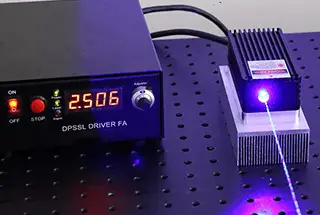
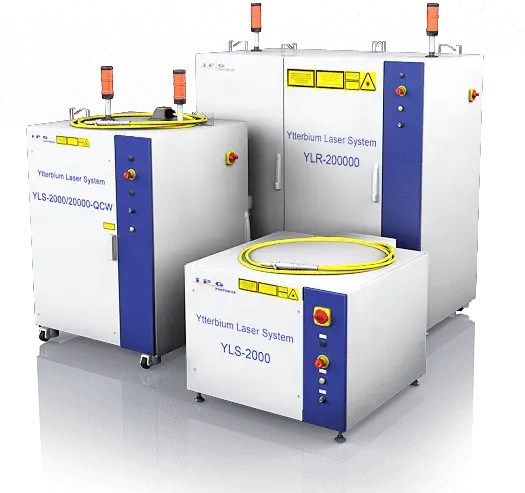
For the domestic market, fiber laser technology and development have reached a high level of maturity, with performance characteristics rivaling international standards. Many Chinese manufacturers now produce fiber lasers with excellent beam quality, high wall-plug efficiency, and reliable long-term operation.
If you are considering implementing a fiber laser system, opting for a domestic solution is often advantageous. Chinese fiber laser manufacturers typically offer shorter lead times, more responsive technical support, and cost-effective solutions without compromising on quality. Additionally, many domestic brands provide customization options to meet specific industrial requirements.
In contrast, the solid-state laser market in China presents a different scenario. High-end solid-state lasers, particularly those used in precision manufacturing and scientific research, are predominantly imported. This is due to the relatively recent entry of Chinese manufacturers into this segment, resulting in technological limitations compared to established international brands. The domestic solid-state laser industry is still in a growth phase, with fewer large-scale manufacturers capable of producing advanced systems that meet stringent industrial specifications.
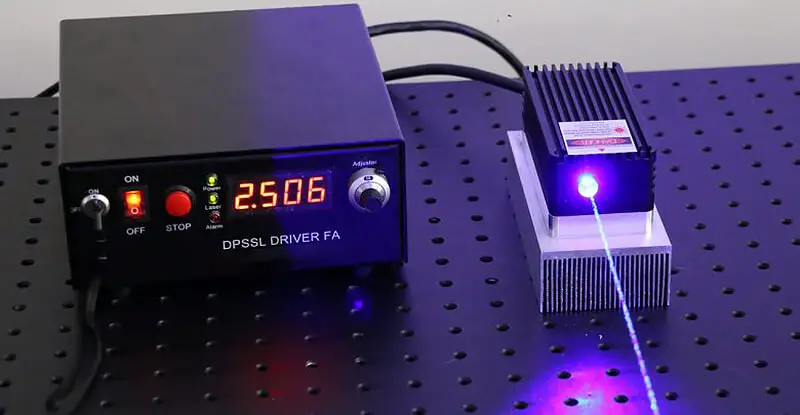
Both solid-state lasers and fiber lasers are commonly used in major laser processing fields such as marking, cutting, drilling, welding, and additive manufacturing. However, due to their distinct characteristics, there are differences in their specific application scenarios within each subdivision field.
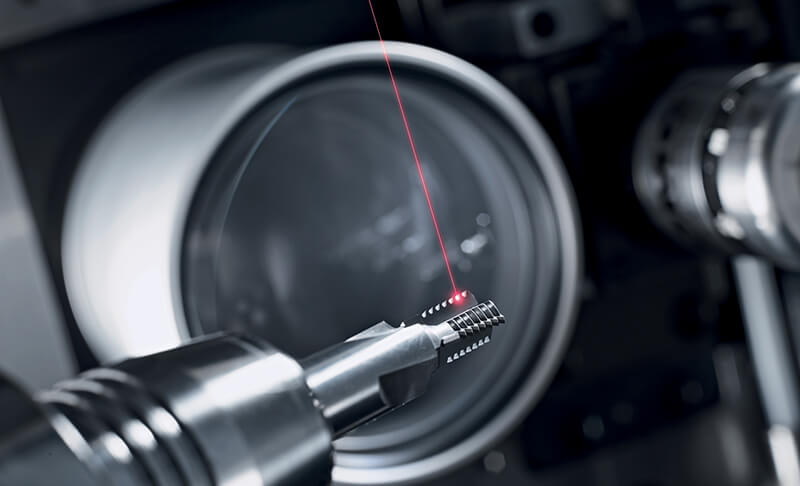
In the field of laser processing, solid-state lasers are predominantly used while pulsed fiber lasers may be used in certain cases. Solid-state lasers have the ability to convert infrared light into short wavelength lasers such as green light, ultraviolet light, and deep ultraviolet light through the use of frequency doubling crystals in the resonant cavity, which are then outputted to the outside.
The trend in micromachining lasers is towards shorter wavelengths, which have low thermal effects and high energy utilization efficiency, thus improving machining accuracy and enabling ultra-fine and ultra-precision machining.
Solid-state lasers, with their short wavelength (UV, deep UV), short pulse width (picosecond, femtosecond), and high peak power, are mainly used in the field of precision micromachining of non-metallic materials, thin, brittle metals, and other materials. They are also widely used in cutting-edge scientific research in fields such as the environment, medicine, and military.
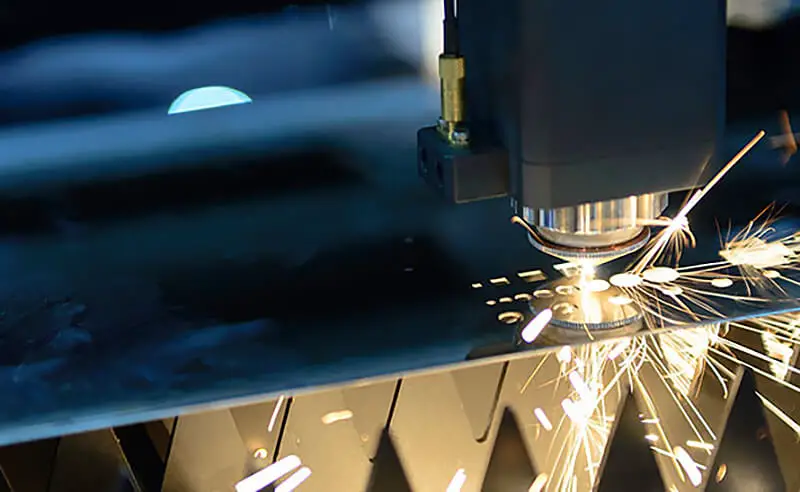
In the field of laser processing, fiber lasers are primarily used while solid-state lasers are generally not. Continuous wave (CW) fiber lasers have high average power and are widely used in macro processing such as cutting and welding thick metal materials. This type of laser has gained significant penetration in the field of macro processing, gradually replacing traditional processing methods.
In summary:
① Pulsed fiber lasers may be used in micromachining but their application is limited due to their output of only long wavelength infrared light with low single pulse energy and significant thermal effect, which results in lower machining accuracy and limitations in materials that cannot absorb infrared light. It is generally only used in micromachining scenes with machining accuracy greater than 20 microns.
② Solid-state lasers have a wide range of applications in micromachining, as they can convert infrared light into green light, ultraviolet light, and other wavelengths through frequency doubling in nonlinear crystals. They have good beam quality, large single pulse energy, and low thermal effect, allowing for “cold machining.” They are capable of high-precision micromachining with accuracy less than 20 microns (up to nanometer level), making them highly advantageous in the field of micromachining.
③ Continuous wave fiber lasers are the main type of fiber laser and are widely used in macro processing fields with processing accuracy above the millimeter level, such as cutting and welding industrial metals. The market capacity for macro processing is greater than that of micro processing, as it has a large demand for laser equipment.
In general, solid-state lasers are large in size and easily disturbed by external factors such as vibration and temperature changes, leading to stability issues and higher maintenance costs. However, they have high output peak power, good beam quality, and high signal-to-noise ratio.
Fiber lasers have a compact structure, stable performance, and are not easily disturbed by external factors, making them easy to operate and maintain. However, they have poor beam quality, poor signal-to-noise ratio, and limited ability to achieve high peak power.
Fiber lasers, renowned for their high output power, are predominantly employed in macro processing applications. This involves handling objects with dimensions and geometries that fall within the millimeter-scale influence range of the laser beam. In contrast, micromachining operates at micron or even nanometer scales, demanding significantly higher precision.
Solid-state lasers excel in micromachining due to their inherent advantages: shorter wavelengths, narrower pulse widths, and higher peak powers. These characteristics enable them to achieve the precision required for micro-scale applications, effectively carving out a distinct user base separate from that of fiber lasers.
The divergence in application fields between solid-state and fiber lasers results in minimal direct competition. Each technology has carved out its niche based on its unique strengths and the specific requirements of different manufacturing processes.
In metal processing applications, the choice between fiber and solid-state lasers often hinges on material thickness and economic considerations. Fiber lasers are generally preferred for thicker metal components due to their cost-effectiveness and higher power output. Conversely, solid-state lasers are the go-to choice for high-precision applications where cost is a secondary concern, such as in aerospace or medical device manufacturing.
While solid-state lasers dominate in processing non-metallic materials like glass, ceramics, polymers, and other brittle substrates, they also find application in metal processing scenarios that demand extreme precision. These might include microelectronics fabrication, fine jewelry making, or the production of intricate medical implants. In these cases, the superior beam quality and control offered by solid-state lasers outweigh cost considerations.
China’s manufacturing industry is undergoing a significant transformation, evolving from low-end to high-end production. While medium and low-end manufacturing still constitutes a substantial portion of the industry, the macro processing market encompasses both these segments and an expanding high-end manufacturing sector, creating a large and diverse market with robust demand.
This industrial landscape has led to a considerable market capacity for fiber lasers. In the low-power fiber laser segment, China has achieved a high degree of localization, with numerous large-scale domestic manufacturers. Industry reports indicate that low-power fiber lasers have been fully indigenized, effectively replacing imported counterparts.
For medium-power continuous wave (CW) fiber lasers, domestic products have reached parity with international offerings in terms of quality while maintaining a distinct price advantage. This competitive edge has resulted in domestic manufacturers capturing a significant market share, on par with foreign competitors. In the high-power CW fiber laser segment, several Chinese brands have made notable inroads, successfully penetrating both domestic and international markets.
However, the solid-state laser sector in China presents a different scenario. Due to its relatively recent development, there is currently a lack of listed companies primarily focused on solid-state laser production. Consequently, these high-precision devices are predominantly sourced from established foreign manufacturers, presenting an opportunity for future domestic development and market expansion.
This evolving landscape in laser technology reflects China’s broader industrial strategy of moving up the value chain, with significant progress in some areas while identifying opportunities for growth in others.
The precision requirements for electronic components in the consumer electronics industry are constantly improving. Laser processing technology has become a primary means of production in the industry due to its high precision, speed, and non-damaging characteristics.
For example, solid-state lasers have a wide range of applications in the production processes of printed circuit boards (PCB/FPC) such as cutting, drilling, and marking. Low to medium power nanosecond solid-state lasers can be used for PCB marking, while medium to high power nanosecond solid-state lasers, picosecond, and femtosecond lasers can be used for cutting, drilling, and PI film cutting of PCB/FPC boards.
Aside from printed circuit boards, laser micromachining technology is also utilized in cutting, marking, drilling, micro welding, and other fields involving brittle materials and metal materials.
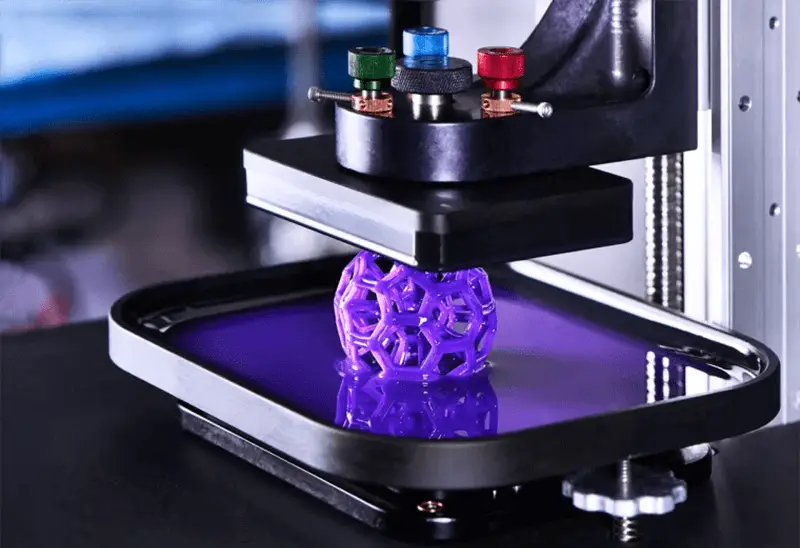
3D printing is a type of rapid prototyping technology that constructs objects layer by layer using bindable materials such as metal powder, plastic, and liquid photosensitive resin, based on a digital model file.
In the field of liquid photosensitive resin curing, solid-state lasers are the preferred choice in the industry. The issuer’s low-power nanosecond ultraviolet (UV) laser has been widely used in this field.
Solid-state lasers are extensively used in key processes such as cutting and precise scribing of solar cells and silicon wafers, marking, cutting, and welding of lithium battery materials.
For example, the issuer’s products can be used in the photovoltaic solar energy field where high-power nanosecond solid-state lasers and picosecond lasers can be used for cutting and precise scribing of solar cells and silicon wafers, and low-power nanosecond UV lasers can be used for grooving of these materials.
In the new energy vehicle field, low-power nanosecond solid-state lasers and picosecond lasers can be used for marking the shell of lithium batteries, while medium to high-power nanosecond solid-state lasers, picosecond, and femtosecond lasers can be used for precise cutting and welding of battery materials.

2019 is considered the “first year” of 5G technology commercialization. The gradual commercialization of 5G technology will offer a wide range of opportunities for the micro-processing laser industry.
5G networks have high speed and low latency, which requires high-performance compound semiconductors. The materials and manufacturing processes of mobile phones will need to change to adapt to 5G technology, and laser processing technology will play a crucial role in many aspects of mobile phone production.
Laser marking, welding, cutting, drilling, etching, and direct molding are widely used in various production stages of mobile phone manufacturing. Micro-processing laser technology will be significant in the field of 5G mobile phone manufacturing.
According to Canalys, the global shipment of 5G mobile phones is expected to reach about 1.9 billion in the next five years, and the laser micro-processing industry, represented by solid-state laser technology, will greatly benefit.
Furthermore, as the construction of 5G base stations enters a period of intensive construction, the demand for printed circuit boards (PCB/FPC) with higher processing accuracy will experience rapid growth as the main electronic materials.
Fiber lasers offer superior multi-dimensional processing capabilities and flexible spatial manipulation through seamless fiber integration. This advanced design simplifies mechanical complexity, streamlining production processes and enhancing standardization across manufacturing operations.
Through continuous technological advancements, fiber lasers have achieved remarkable energy efficiency. By optimizing laser parameters and accessory configurations, they deliver high-performance output while minimizing power consumption. This efficiency, coupled with their ability to handle high-intensity processing, significantly improves production throughput and operational effectiveness.
Fiber lasers exhibit exceptional thermal management properties, featuring rapid heat dissipation and robust durability. This thermal stability ensures consistent performance during prolonged operations, even in demanding industrial environments. The superior beam quality and stability of fiber lasers also contribute to enhanced precision in cutting, welding, and marking applications.
Moreover, fiber lasers offer unparalleled beam delivery flexibility. The ability to transmit laser power over long distances through flexible fibers enables complex system integrations and remote processing capabilities, expanding the scope of laser-based manufacturing solutions.

